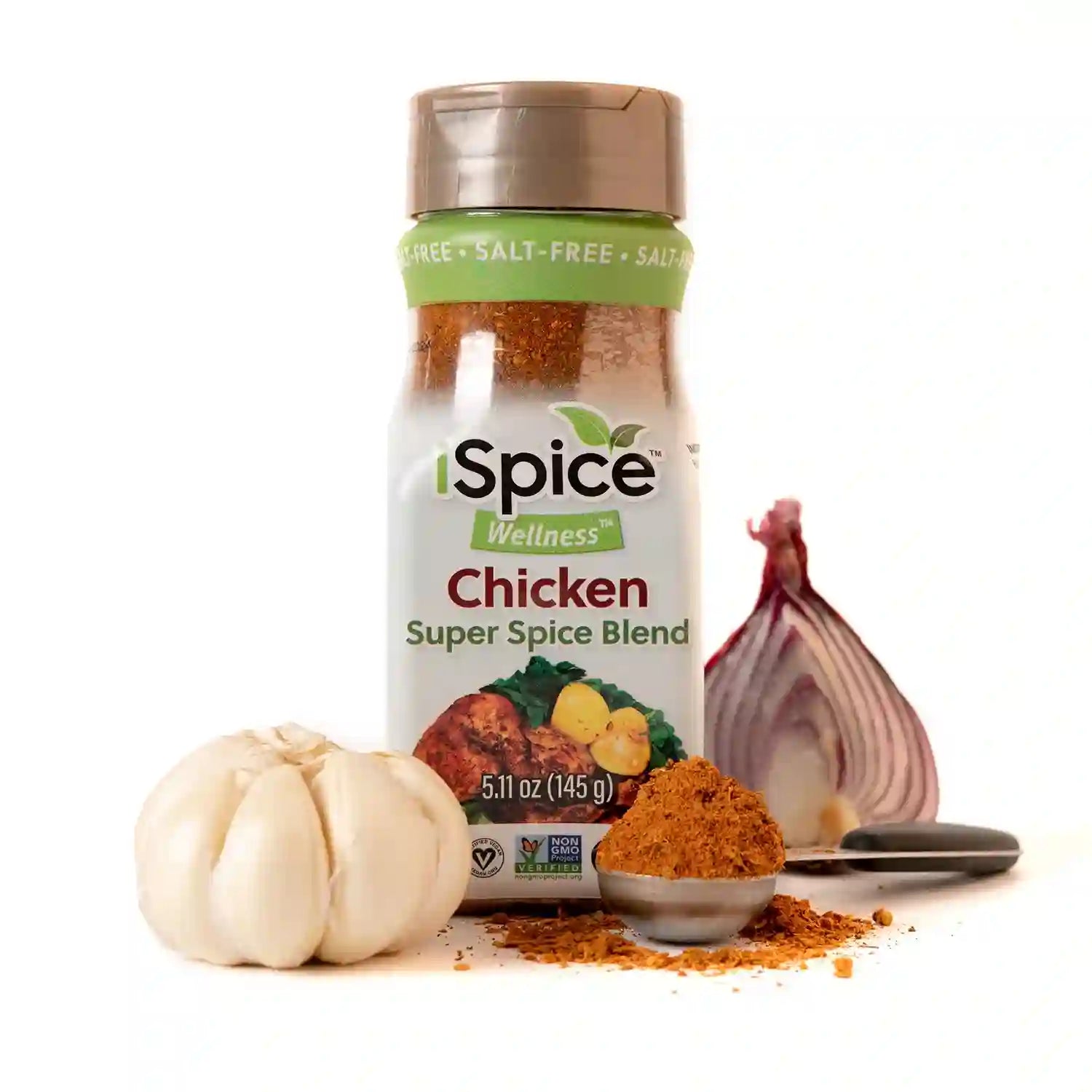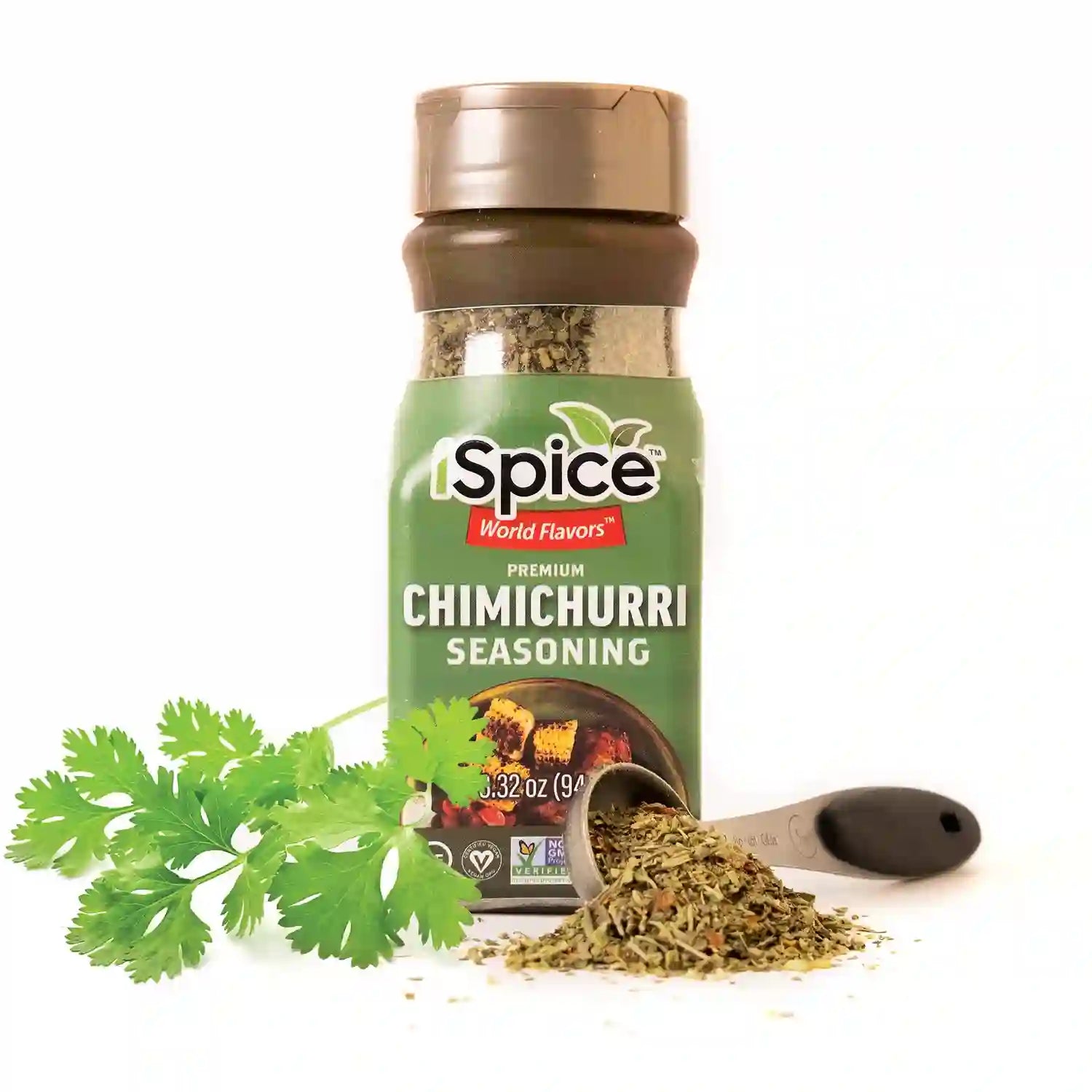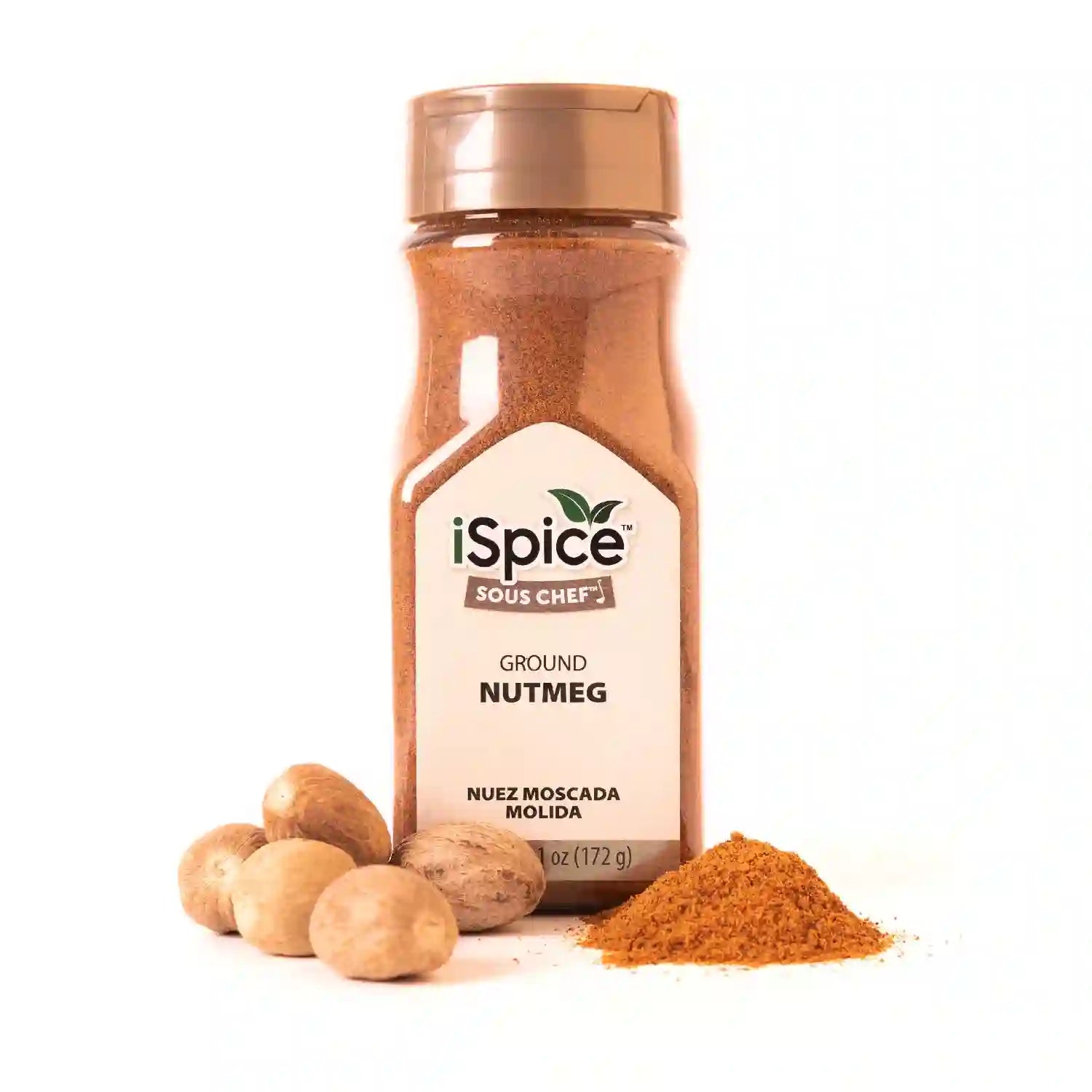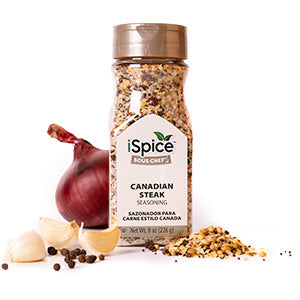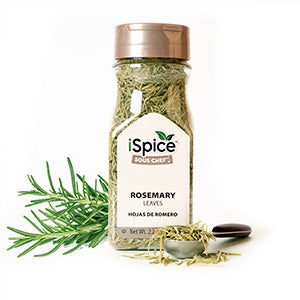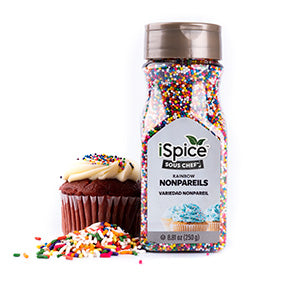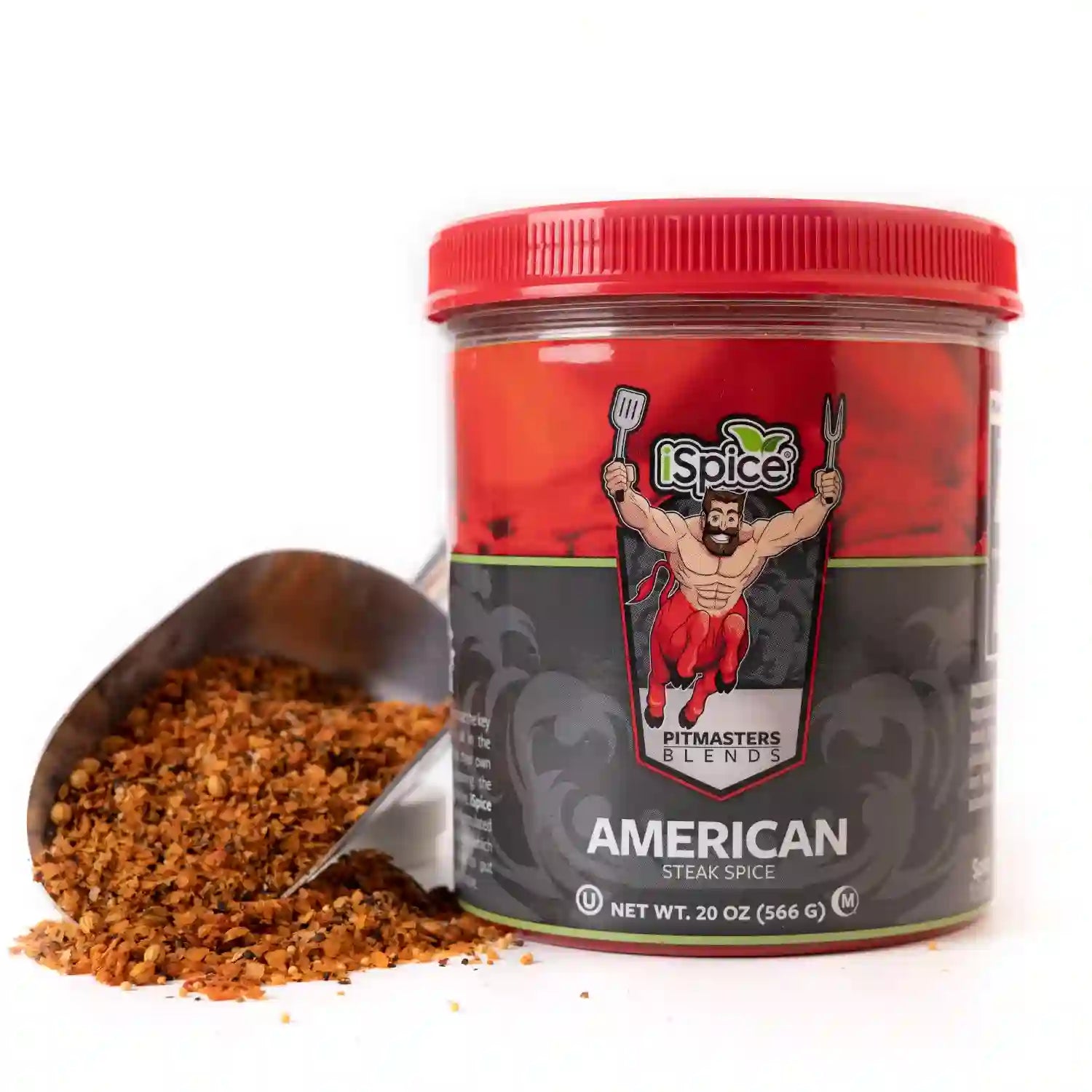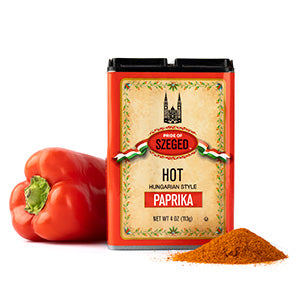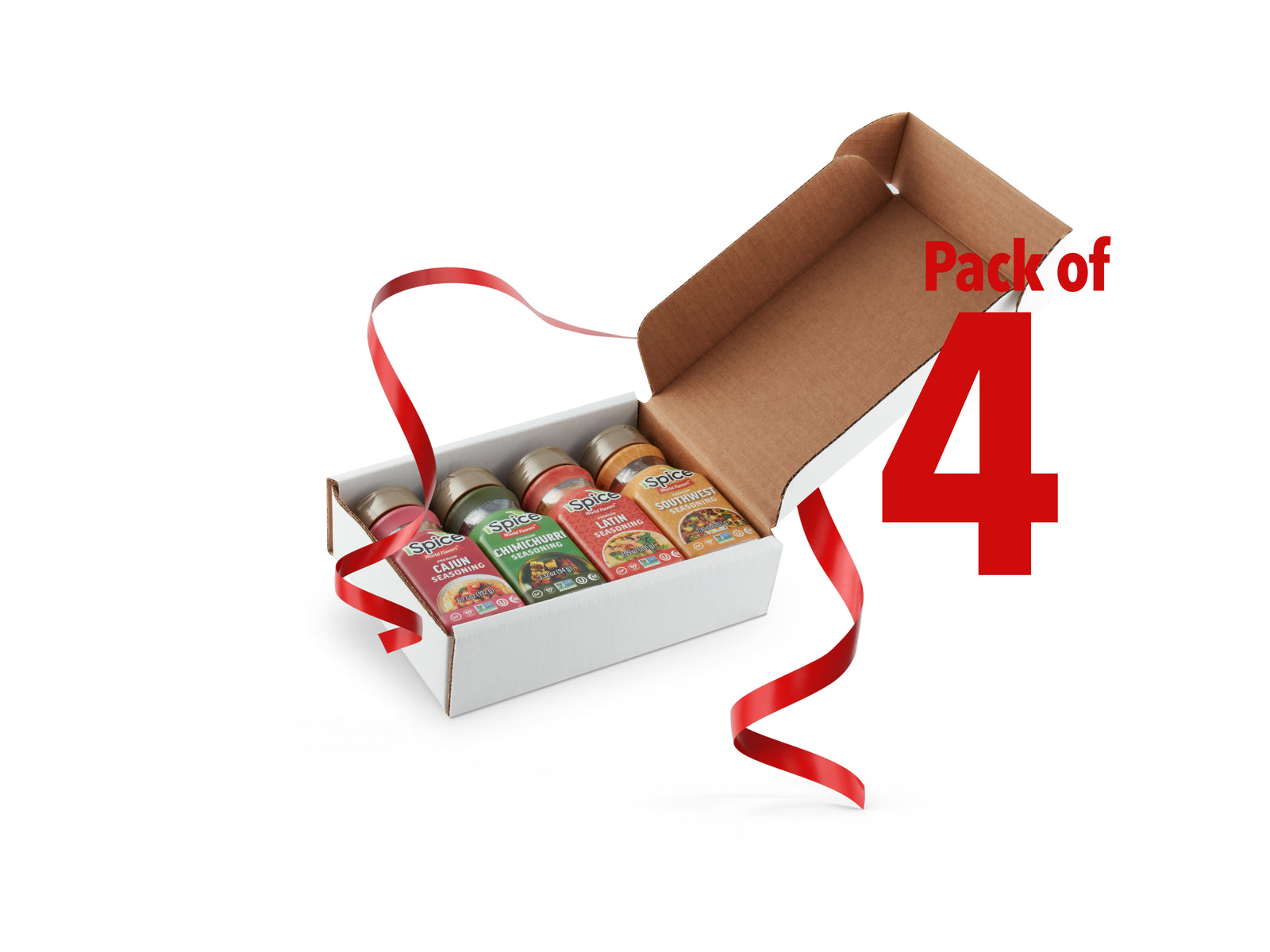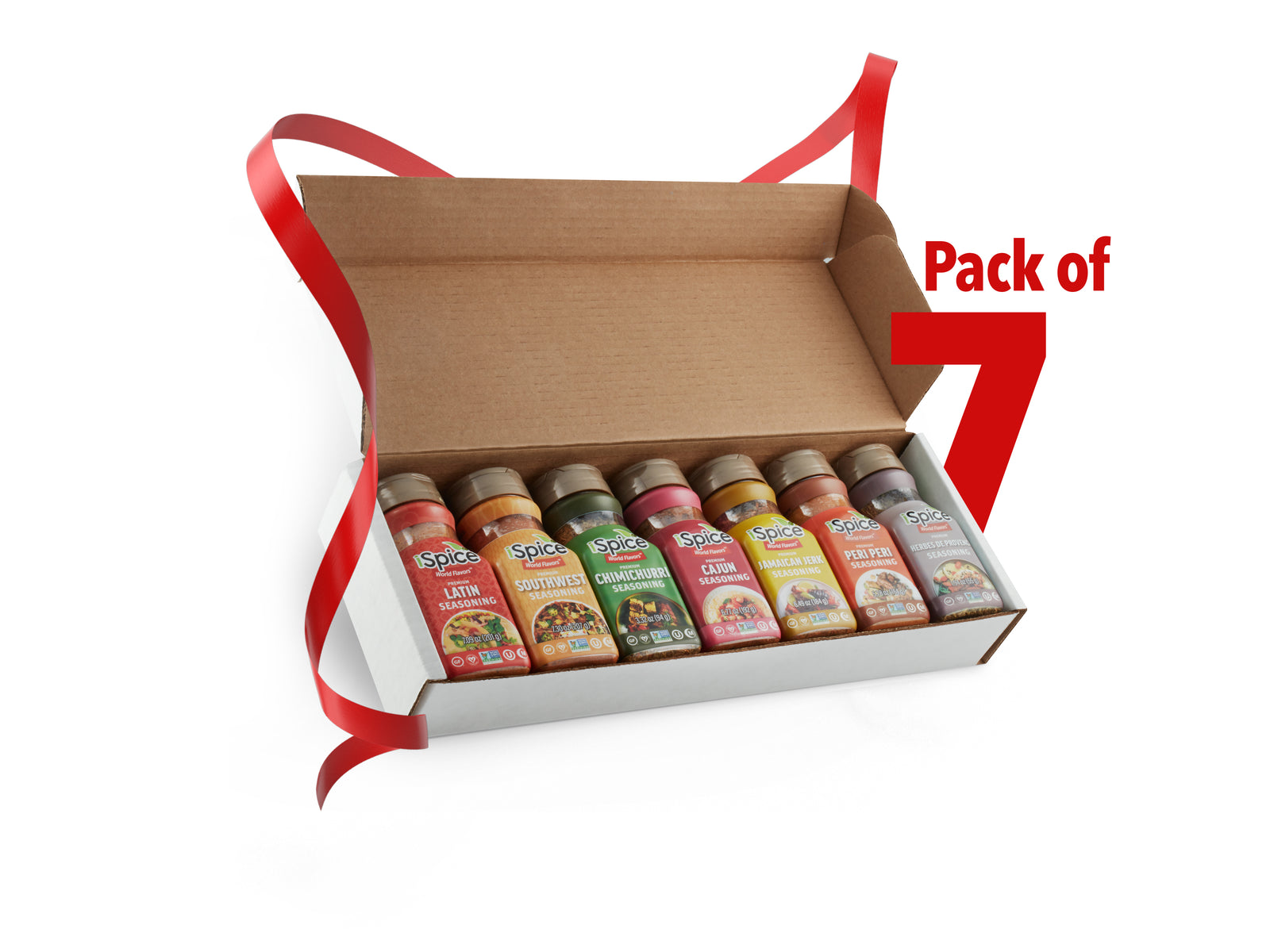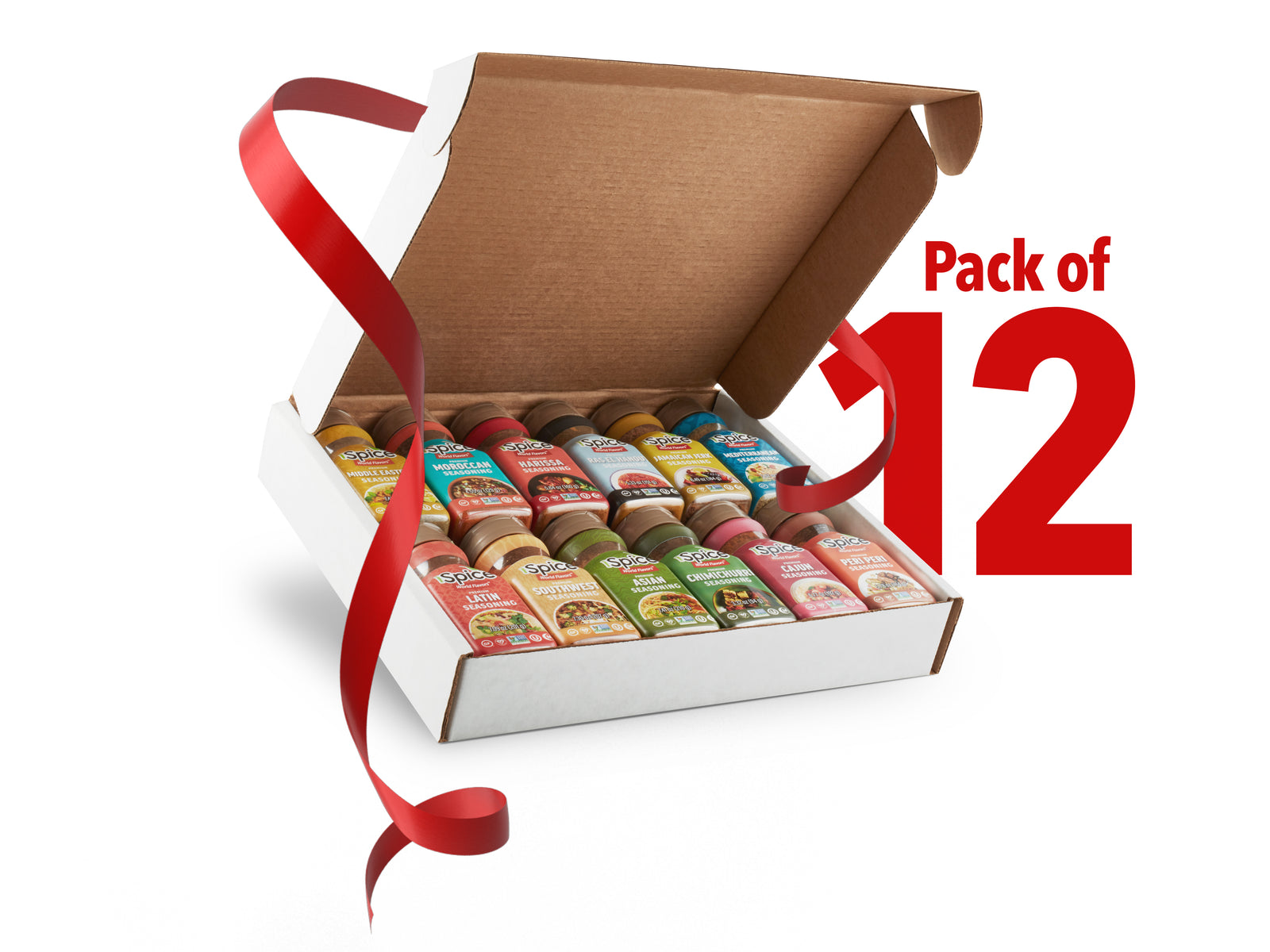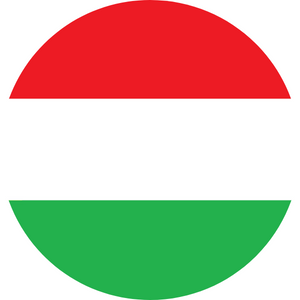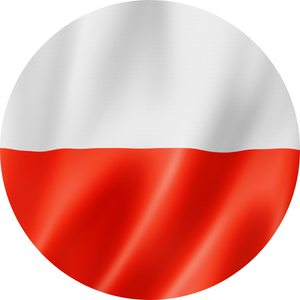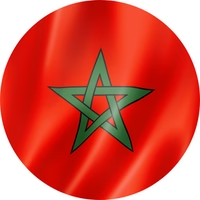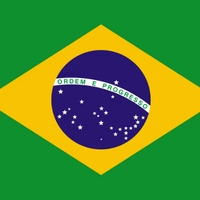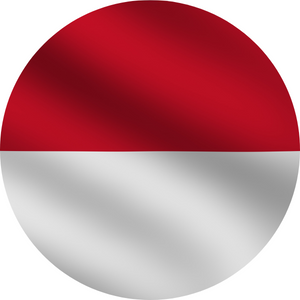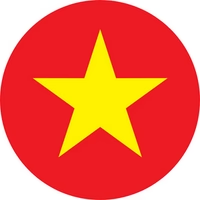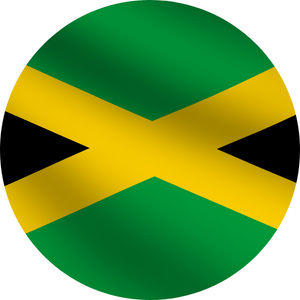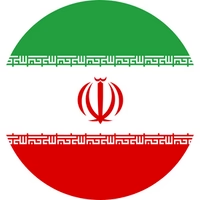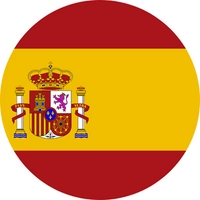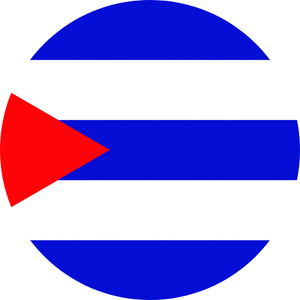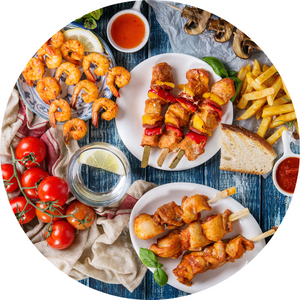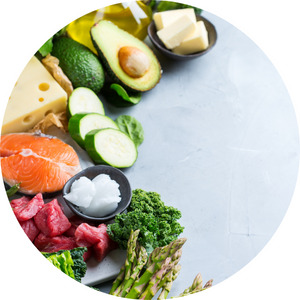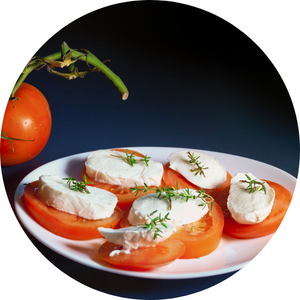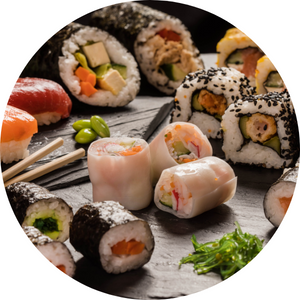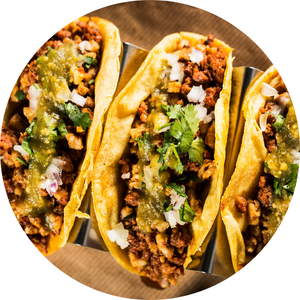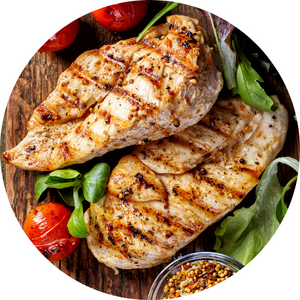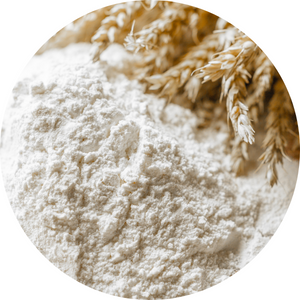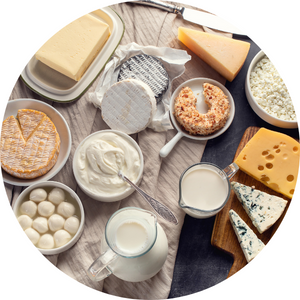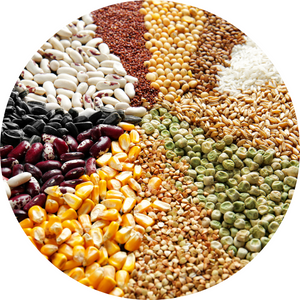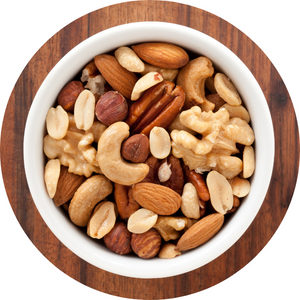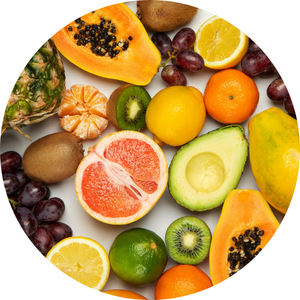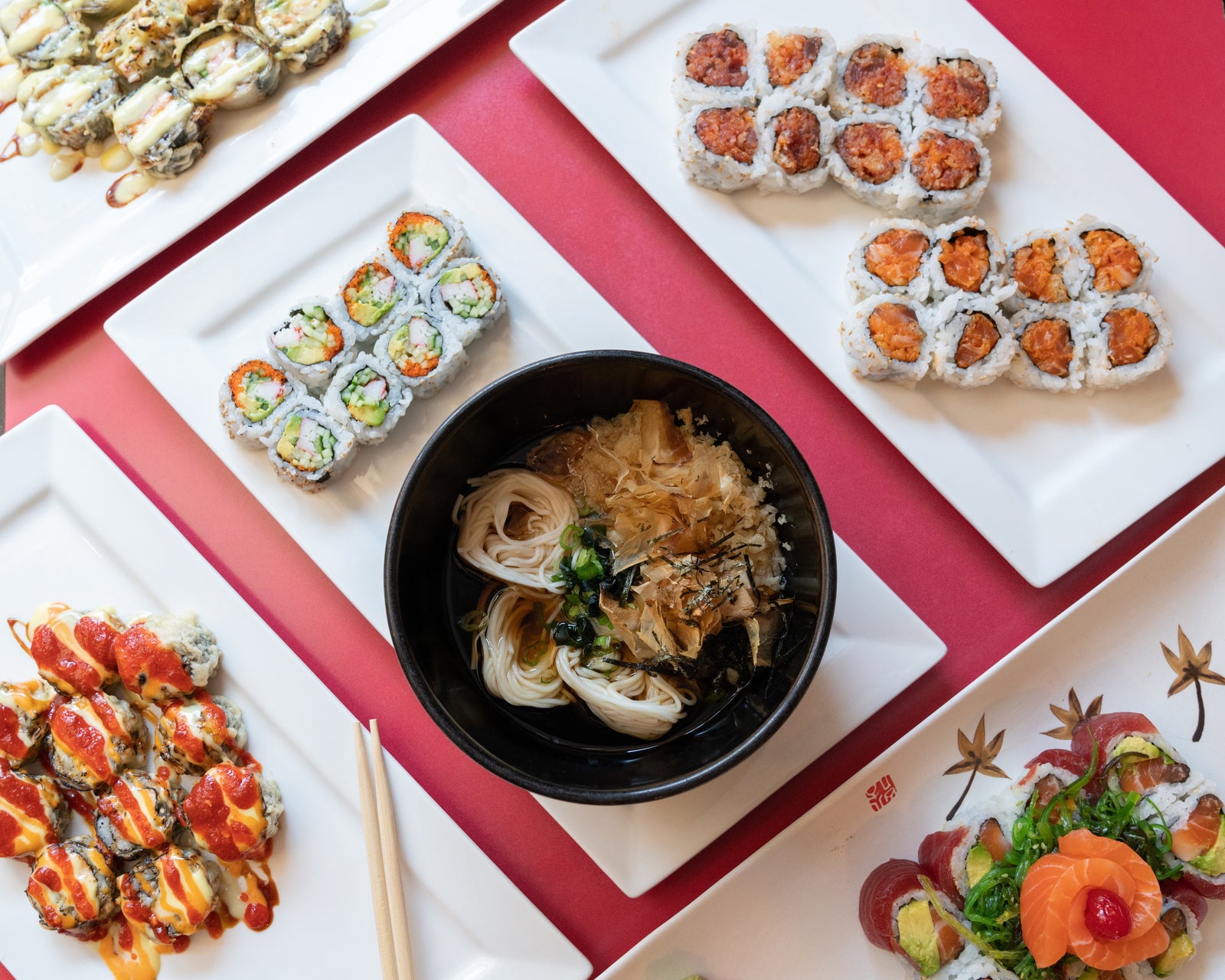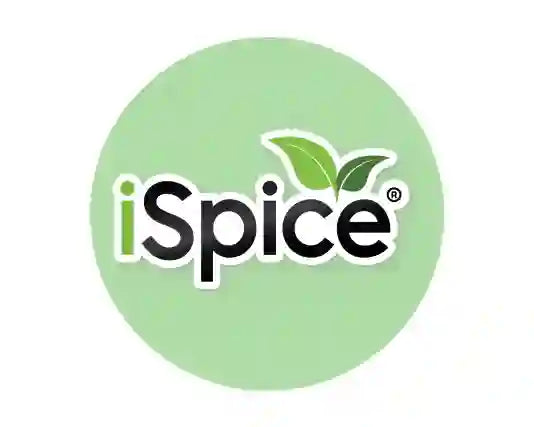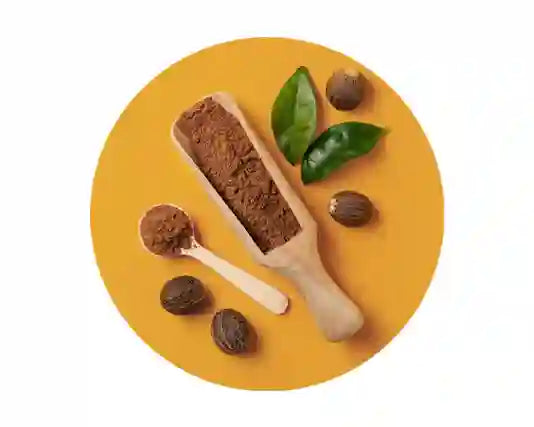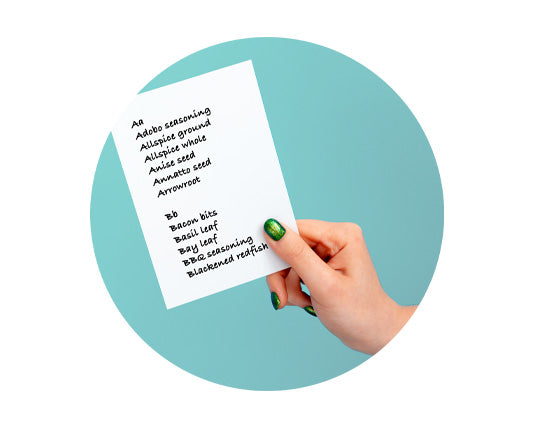
Vanilla, with its sweet, creamy aroma, is a beloved flavor in desserts worldwide. From ice cream to cakes, its unmistakable taste elevates countless recipes. But the story of vanilla is far richer than its flavor alone. Spanning centuries and continents, the history of vanilla takes us from ancient Mesoamerican jungles to modern kitchens. Let’s explore the fascinating journey of this iconic spice and how it became a dessert staple, optimized for both flavor enthusiasts and curious foodies.
Origins in Ancient Mesoamerica
Vanilla begins its story in the lush rainforests of Mesoamerica, where the Totonac people of modern-day Mexico cultivated the vanilla orchid (Vanilla planifolia) over 2,000 years ago. The Totonacs revered vanilla as a sacred gift from the gods, using it in rituals, perfumes, and as a flavoring for their chocolate-based drinks. The Aztecs later adopted vanilla, calling it tlilxochitl (black flower) and blending it with cacao to create a luxurious beverage reserved for nobility.
The vanilla orchid’s delicate pods were hand-harvested and cured in a labor-intensive process that remains largely unchanged today. This careful craftsmanship ensured that vanilla’s complex flavor—floral, sweet, and slightly woody—shone through in every use.
Vanilla’s Journey to Europe
Vanilla remained a Mesoamerican secret until the 16th century when Spanish explorers, including Hernán Cortés, encountered it during their conquests. By the 1520s, vanilla was shipped to Europe, where it quickly captivated royal courts. However, cultivating vanilla outside its native region proved challenging. The vanilla orchid relied on a specific pollinator, the Melipona bee, which didn’t exist in Europe. As a result, vanilla remained a rare and expensive commodity, reserved for the elite.
In the 17th and 18th centuries, European botanists experimented with vanilla cultivation in their colonies, including Madagascar, Réunion, and Indonesia. But it wasn’t until 1841, when a 12-year-old enslaved boy named Edmond Albius in Réunion discovered a hand-pollination technique, that vanilla production became viable outside Mesoamerica. Albius’ method—using a small stick to transfer pollen—revolutionized the industry and is still used today.
Vanilla in the Age of Exploration
By the 19th century, vanilla’s popularity soared as European chefs incorporated it into desserts, custards, and pastries. The French, in particular, embraced vanilla, using it to flavor creams and sauces. Madagascar emerged as the world’s leading vanilla producer, thanks to its ideal climate and the adoption of Albius’ pollination technique. Today, Madagascar vanilla, known for its rich and creamy profile, accounts for over 80% of global production.
Vanilla’s high cost during this period made it a symbol of luxury. Only the wealthy could afford to use it regularly, and its scarcity fueled demand for synthetic alternatives. In 1874, German chemists synthesized vanillin, the compound responsible for vanilla’s signature flavor, leading to the creation of artificial vanilla flavoring. While more affordable, synthetic vanillin lacks the depth of natural vanilla, which contains over 200 flavor compounds.
Vanilla in Modern Desserts
Today, vanilla is a cornerstone of dessert-making, from classic vanilla ice cream to sophisticated crème brûlée. Its versatility allows it to enhance both sweet and savory dishes, pairing beautifully with fruits, chocolate, and even seafood. Artisanal chefs and home bakers alike prize pure vanilla extract or whole vanilla beans for their unmatched flavor complexity.
The rise of the farm-to-table movement has renewed interest in high-quality, sustainably sourced vanilla. Regions like Tahiti, Mexico, and Papua New Guinea offer unique vanilla varieties, each with distinct flavor profiles—floral, spicy, or smoky. Meanwhile, the demand for natural vanilla has sparked efforts to support ethical farming practices, as vanilla cultivation remains labor-intensive and vulnerable to climate challenges.
Challenges and the Future of Vanilla
Vanilla production faces significant hurdles, including climate change, deforestation, and price volatility. A single vanilla crop can take up to three years to mature, and natural disasters, like cyclones in Madagascar, can devastate yields. These factors make vanilla one of the most expensive spices in the world, second only to saffron.
Despite these challenges, vanilla’s allure endures. Innovations in sustainable farming and fair-trade initiatives are helping preserve traditional cultivation methods while supporting farmers. For consumers, choosing high-quality vanilla products ensures that this ancient ingredient continues to thrive.
Why Vanilla Matters
The history of vanilla is a testament to human ingenuity, from the Totonacs’ ancient rituals to Edmond Albius’ groundbreaking pollination technique. Its journey from Mesoamerican jungles to modern desserts reflects a global story of exploration, culture, and culinary artistry. Whether you’re savoring a scoop of vanilla ice cream or baking a cake, every bite carries centuries of tradition and flavor.
Next time you reach for vanilla extract, take a moment to appreciate its remarkable past. It’s not just a flavor—it’s a piece of history that continues to sweeten our lives.

